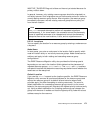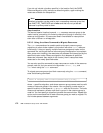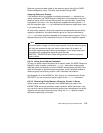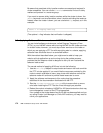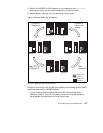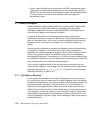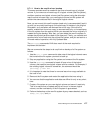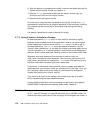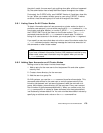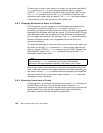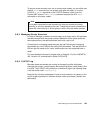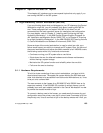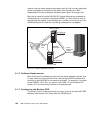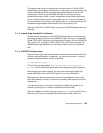
178 IBM Certification Study Guide AIX HACMP
9. After the backup is complete and verified, unmount and delete the new file
system and the logical volume you used for it.
10.Use the
mklvcopy command to add back the logical volume copy you
previously split off to the fslv logical volume.
11.Resynchronize the logical volume.
Once the mirror copy has been recreated on the logical volume, the
syncvg
command will resynchronize all physical partitions in the new copy, including
any updates that have occurred on the original copy during the backup
process.
It is always a good idea to check a backup for validity.
8.7.2 Using Events to Schedule a Backup
As described above, a crontab entry is often used for scheduling nightly
backups during off-peak hours of the application. Now as you have several
cluster nodes, each of them would need a
crontab entry, in order to get its
own data backed up. This
crontab entry can determine whether only the
“normal” data is backed up, i.e. the data this cluster node cares about during
“normal” operations, or, in case of another’s node failure and a subsequent
takeover of this node’s resources, backing up both of the cluster nodes’ data.
Whenever one node takes over the reources of another node, the
node_down_remote
event has happened. You can use a post-event to the
node_down_remote
event to change the crontab entry from backing up only
the local node’s data into backing up both nodes’ data.
Furthermore, if the second node eventually comes up again and takes its
resources back, you will see a
node_up_remote
event in your logs. Thus, you
can configure a post-event to the
node_up_remote
event to change the
crontab entry back to the “normal” setting.
If you want to do a split-mirror backup, the crontab entry has to invoke a
script, implementing the steps described above.
A more detailed description of this procedure can be found in the redbook
HACMP/6000 Customization Examples
, SG24-4498, Chapter 6.
8.8 User Management
As 2.7, “User ID Planning” on page 48 described, on an HACMP cluster, the
administrator has to take care of user and group IDs throughout the cluster. If




